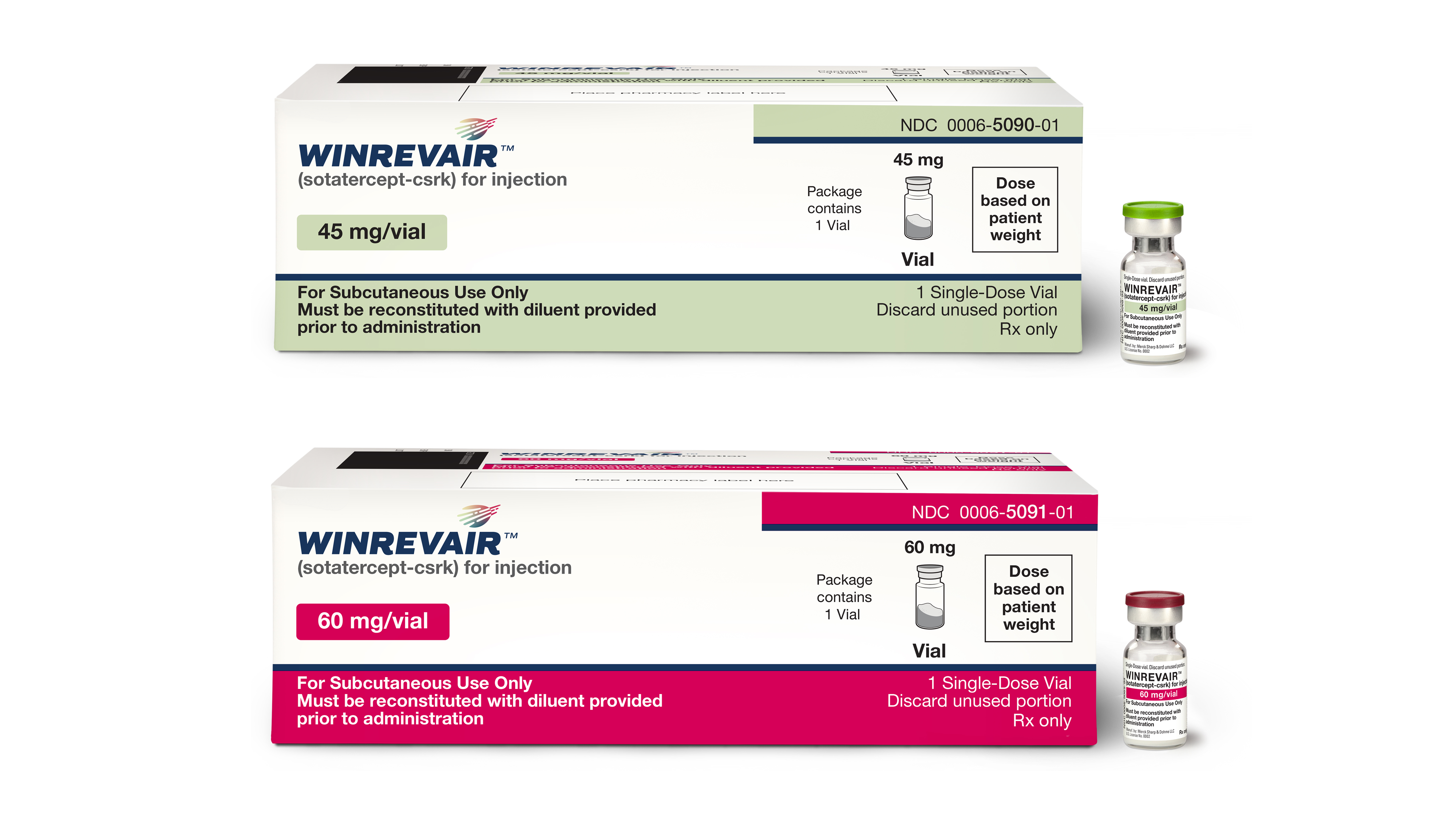Transdermal drug delivery represents a promising way to administer active ingredients through the skin. Unfortunately, drug developers face considerable challenges when designing therapeutics that are able to pass through the tough outer layer of the skin, known as the stratum corneum.
While the stratum corneum protects the lower levels of skin cells from infection, it also prevents most drugs applied topically from passively diffusing into the blood stream. Now, researchers from Shizuoka University in Japan have developed a method using atmospheric microplasma to disrupt this impermeable layer.
Using conductive and non-conductive materials, the researchers tested the effects of the plasma treatment on the stratum corneum of pig skin. The results of their study were presented at the 63rd Annual Symposium and Exhibition of the American Vacuum Society (AVS).
When the researchers used a conductive material, the plasma jet caused significant damage to the skin samples. Conversely, the non-conductive material using atmospheric microplasma caused no damage to the skin.
This non-conductive microplasma treatment also increased the permeability of the skin, as demonstrated using a dye test. While skin is normally impermeable to dyes, the microplasma treatment allowed the dye to enter the skin through the stratum corneum, suggesting that the same results could be seen with drug products.
While the technique seems promising, the researchers will need to conduct further preclinical tests before microplasma can be used to improve transdermal drug delivery in humans. As skin is the largest organ in the human body, care will need to be taken to ensure that this technique does not permanently disrupt this important barrier.












Join or login to leave a comment
JOIN LOGIN